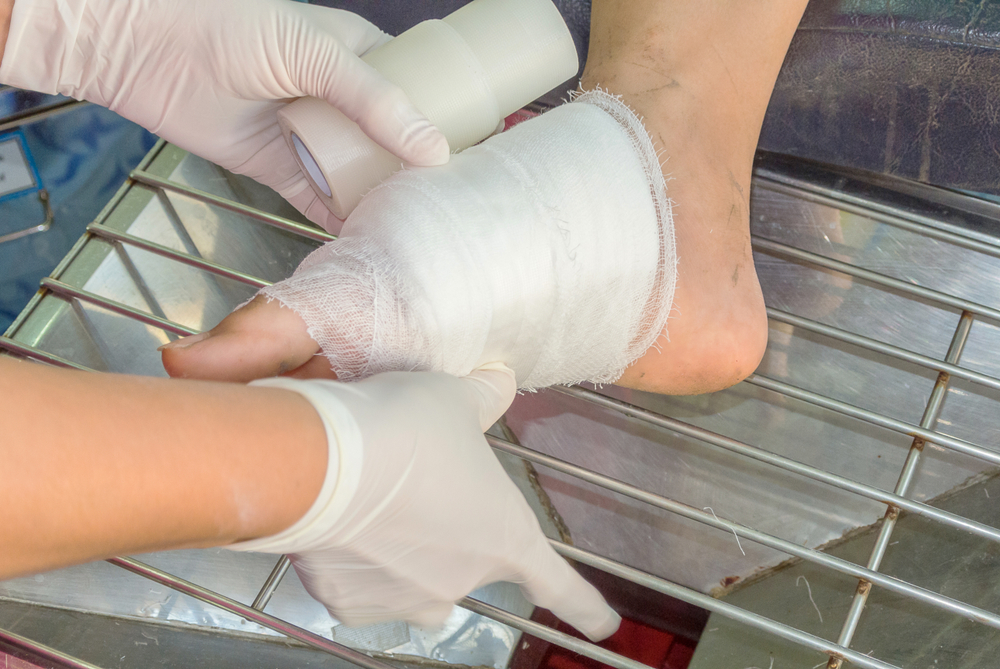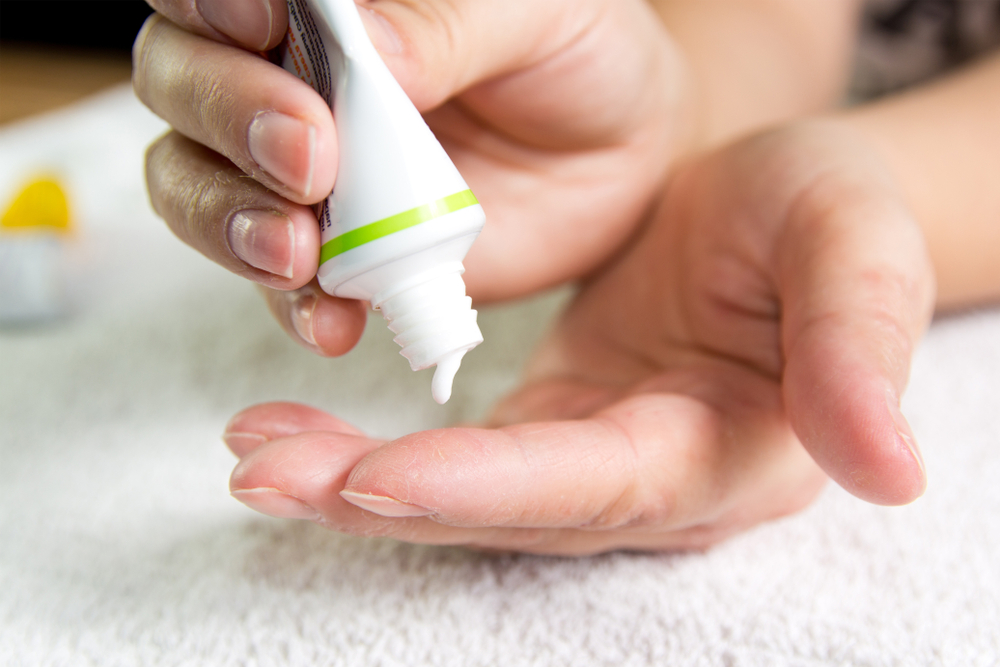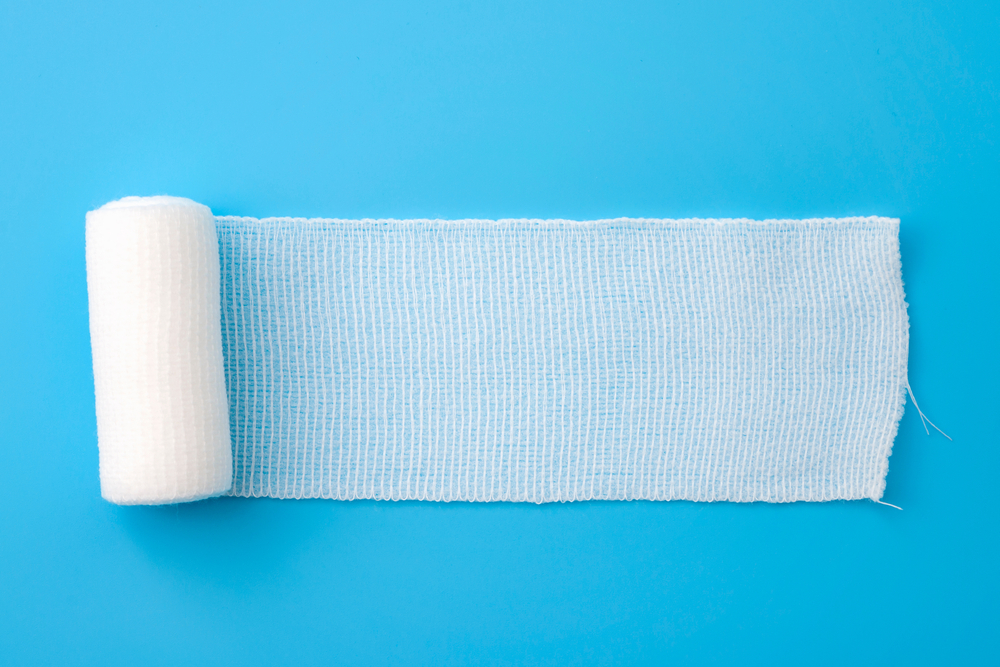
Diabetic wound care requires a special approach. The body's immune system is compromised and blood glucose levels are high, making it difficult for a wound to heal and prevent infection. Uncontrolled diabetes also damages nerves, reducing blood flow. A diabetic's risk of developing an infected wound or a non-healing wound is increased by chronic illnesses and poor lifestyle choices.
Table of Contents
Treatment options

If you have diabetes, you may notice that your wounds heal more slowly than those of people without diabetes. This is because your body is less capable of healing wounds due to imbalances in your blood glucose levels. Fortunately, there are treatments available for diabetic wounds, which can accelerate the body's natural healing process.
Treatment options for diabetic foot ulcers include topical metronidazole gel or tablets, which can be crushed and placed on the ulcer bed. Metronidazole is commonly used for ulcers, and several studies have noted that it can reduce the odor of wounds. Other antibacterial agents, including silver dressings, are also available. These can also be effective in wounds that are infected or burnt.
Diabetic foot ulcers can be caused by a variety of reasons. One of the most common causes is poor circulation. Without adequate circulation, red blood cells will not be able to deliver nutrients to the wound. As a result, the wound may not heal at all, and it could even become infected. If this occurs, the wound will need close attention to prevent the infection from spreading.
Treatment options for diabetic wound care include offloading, which relieves pressure on the weight-bearing portion of the foot and provides rest for the area of the wound. This is an important element in wound healing, as high plantar pressure is a major cause of diabetic ulcer persistence. Total contact casts are one of the most effective ways to offload a diabetic wound, and they are considered the gold standard for treating diabetic wounds.
Treatment for diabetic wounds is important for the well-being of a person with diabetes. If left untreated, diabetic wounds can lead to serious health problems and require lower limb amputation. The best way to avoid this is to control your blood sugar levels. By maintaining a healthy blood glucose level, you'll improve your immune system and reduce the risk of wounds developing.
Diabetic foot ulcers can become infected and may require amputation. In some cases, diabetic foot ulcers can be prevented with proper treatment.
Ointments

Unlike normal wounds, diabetic wounds take longer to heal. If not treated properly, they can snowball into a major situation. A wound that is not properly cared for can cause infection, slow healing, or even amputation. Proper wound care will help ensure a fast recovery.
Ointments for diabetic wounds often contain an antibiotic that can help reduce bacteria and speed up the healing process. They may also help prevent biofilm from forming. The best ointments for diabetic wounds may have multiple antibiotics. However, it's important to know that a regular antibiotic can cause an allergic reaction in some people, so an alternative may be necessary.
If you want to avoid future complications, it's important to learn how to manage your diabetes. Controlling blood sugar is key for the body's healing processes. Keeping your blood sugar stable and eating a nutritious diet are key to preventing diabetic wounds. In addition, it's important to exercise regularly. This helps improve your immune system and helps you use insulin more effectively.
One option for diabetic wound care is collagen-based products. These products are medical-grade and safe to use. Another option is ingesting collagen-boosting vitamins. These supplements can be helpful for diabetic wounds since they help the body absorb the protein and use it in the healing process. Topical collagen is also helpful, but it must be applied to the wound correctly. Bandages and clothing can rub off the collagen.
Diabetic wounds can be difficult to manage. The best way to manage the condition is to get proper care and follow proper advice. Proper wound care will prevent serious complications, and will ensure that the wound heals as quickly as possible. When a wound is neglected, it may cause an infection that eventually leads to an amputation.
Diabetics should check their feet daily to make sure that they don't have any cuts or blisters. Diabetics' nerves are not as sensitive as they were before, so they may not feel pain from a wound right away. Taking care of a diabetic wound early with the right treatment can prevent the development of a chronic foot ulcer.
Dressings

Diabetic wound dressings are formulated to help treat and control diabetic foot ulcers. The materials used to make these dressings are designed to promote wound healing and minimize the risk of infection. This type of dressing is usually presented as a film or foam. It helps the wound retain its moisture and prevents the exudate from oozing. It can also contribute to the prevention of infection.
Diabetic wounds are prone to fungal infections. To prevent these infections, it is a good idea to use a moisturizing lotion or a topical antibacterial agent. Lotions can reduce the itch caused by dry skin, and can help the wound heal faster. However, they should never be applied directly to open wounds. In addition, the skin must be inspected daily for cracks and infections. If any of these are present, the patient should be treated immediately.
Diabetic wound dressings should be chosen carefully. The choice of the best dressing depends on many factors, including the condition of the patient and the process of tissue repair. The dressing should be comfortable for the patient and should not cause pain when changing. Also, it should be economical. Ultimately, it is important to provide the best possible care for the wound and the patient. There is a wide variety of dressings available, so choosing one is not an overwhelming task.
Diabetic wounds require close monitoring by a physician and should be treated promptly. Infection is a common problem with diabetic wounds and requires special attention and care. Proper treatment can accelerate the healing process and prevent the infection from forming. Diabetic wound dressings can help speed up the healing process.
Diabetic wounds are more difficult to heal than other wounds. It is important to choose the right dressing to protect the wound from infection and keep it protected. The right choice of wound dressing depends on the age and condition of the wound. Various options include foam dressing, collagen skin substitute, calcium alginates, and enzyme applications.
Prevention

Diabetes is a major health issue that causes a number of problems, including wounds and amputations. It affects the body's production of insulin and response to it, which can make it difficult to control blood glucose levels. High blood glucose can also interfere with the body's ability to close wounds and fight infection. In addition, uncontrolled diabetes affects circulation, which can make it difficult to get adequate amounts of nutrients to the wound site. This can result in an injury that may not heal completely.
Diabetics need special wound care to ensure that minor wounds heal quickly and with minimal pain. They must practice complete foot care and treat wounds as soon as they occur. They should also monitor their wounds to make sure they do not ooze or spread and are not too painful. If a wound does not heal properly, it may result in infection, which can be deadly.
Diabetes is associated with a decreased blood flow in the feet and legs, which makes wound healing slow. Additionally, an untreated wound infection can spread to bone or muscle. In the worst cases, this could lead to amputation, which can lead to a life-threatening situation. The first step in diabetic wound care is to ensure proper foot care.
A comprehensive patient history should be taken to identify any undiagnosed conditions that may interfere with healing. For example, a patient should disclose any prior medical conditions, such as nephropathy, retinopathy, neuropathy, and vasculopathy. A patient's smoking history should be investigated, as smoking can lead to peripheral arterial disease. A patient's ability to self-manage their wound care should also be considered.
Diabetic wounds should be treated as quickly as possible. If not treated, they can lead to infection, which can lead to gangrene and serious health complications. Proper foot care is essential to prevent ulcers and to minimize the risk of diabetes-related infection. Patients with diabetes should check their blood sugar daily.










